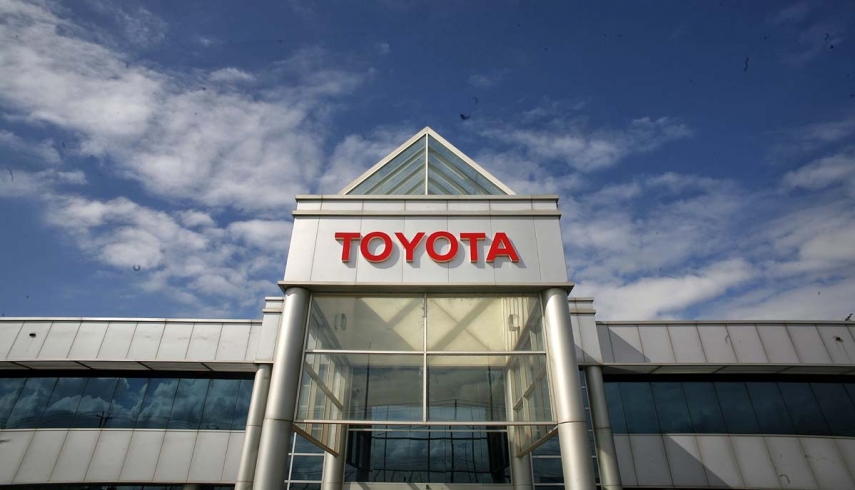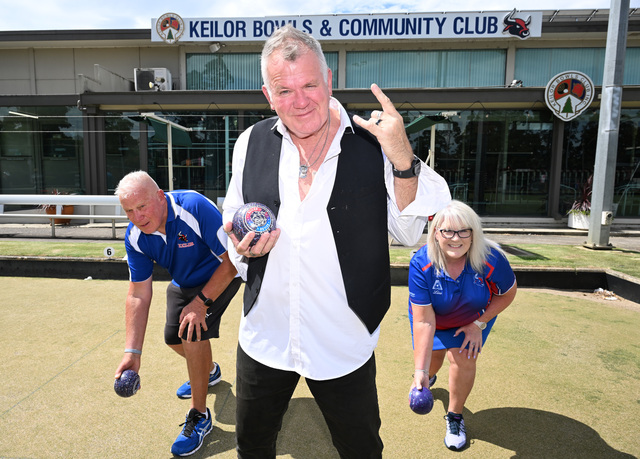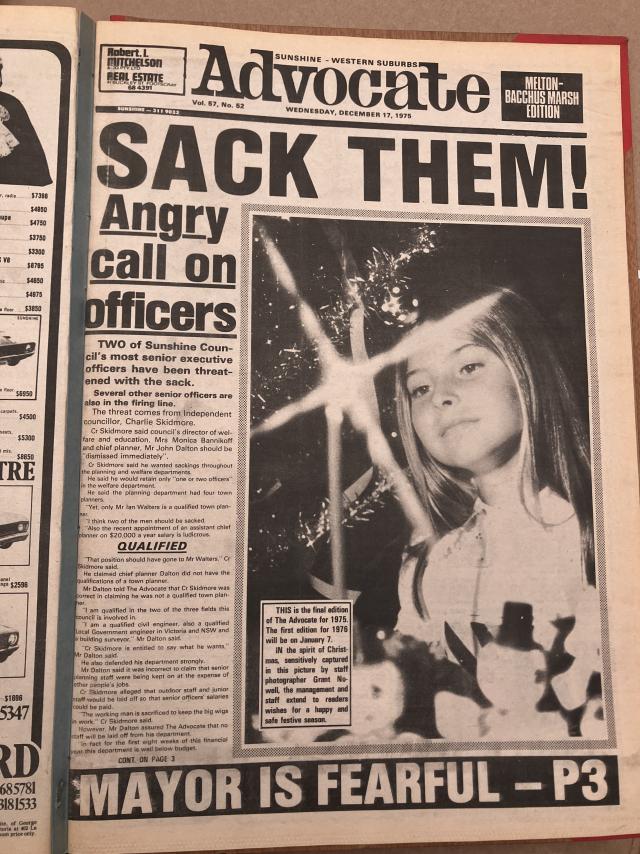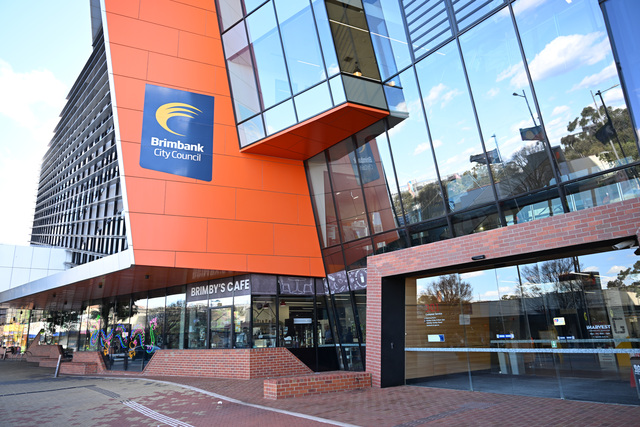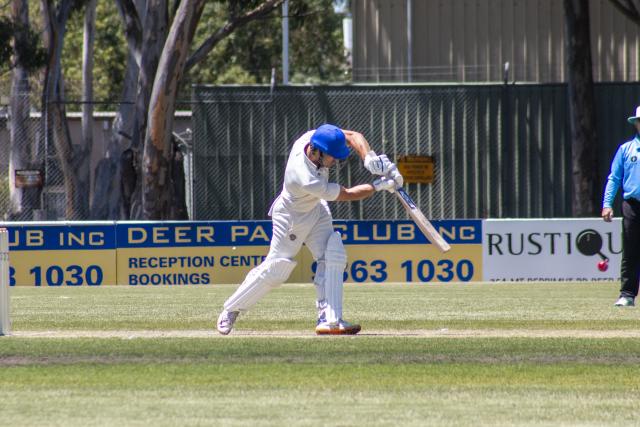Workers at Toyota’s Altona plant will on Wednesday afternoon down tools for 21 days – the longest holiday shutdown at any of the car maker’s 54 plants across the globe.
By comparison, the plant in Japan that Melbourne is competing against to build Toyota’s next Camry model will shut for only five days over New Year.
Toyota is considering closing the Altona plant, following decisions by Ford and Holden to end manufacturing in Australia.
As the company contemplates its survival in Australia, key component suppliers have offered fresh guarantees to continue supporting the car maker.
Toyota has asked its 2500 employees at Altona to accept reduced conditions to help save the car plant.
The company was last week prevented by a Federal Court judgment from putting 27 cost-cutting measures to a vote of staff. The company will decide whether to appeal that decision by Thursday.
Among the demands Toyota had wanted to put to its workforce was reducing the 21-day summer shutdown to 10 days.
Elsewhere across the 28 countries where Toyota manufactures cars, a 10-day shutdown is the longest closure for Christmas.
Tsutsumi, the plant in the Japanese city of Toyota that Melbourne is pitted against to make the next Camry, will shut down from December 28 to January 6 – five working days.
But the head of the vehicles union, Dave Smith, said the company had options open to it if it wanted to have staff work over Christmas. “Toyota … want a process that just allows them to implement whatever break they want,” he said.
Toyota argues that time is running out to decide where the new Camry and Aurion models will be built from 2018, and says it needs to show the company’s Japanese head office it can reduce the cost of making each car by $3800.
Parts suppliers to the company, though, have said they are prepared to downsize and diversify as a means of continuing to support the car maker.
There are fears the majority of Toyota’s suppliers will not be able to sustain the necessary critical mass to survive when Ford leaves Australia in 2016 and Holden in 2017.
Toyota relies on about 60 suppliers to produce components for local and exported vehicles, and is in the process of contacting each to ask whether they could survive on a reduced scale.
Dean Lomas is a director of VDMG, which supplies interior and exterior plastics to Toyota, Holden and Ford. Mr Lomas said he would continue to support Toyota in a reduced capacity.
The company employs about 600 people, and Mr Lomas said Ford and Holden’s closure would probably mean cutting his operation back to 350 employees.
“If Toyota stays, we can actually support them but we would be working very hard to replace the lost revenue from GM and Ford,” said Mr Lomas, who added the company would have to diversify into other products using the skills it had built up in the auto industry. “We’re certainly not about to throw in the towel and give up fighting.”
Toyota has received similar guarantees from more than a dozen of the part suppliers it has contacted so far, including light manufacturer Hella and chassis specialist Metalsa.
Another potential saving grace for parts suppliers could be realised as early as Friday, when the Productivity Commission releases an interim report on automotive subsidies. With two of Australia’s three car makers pulling out, component manufacturers could be in line to receive additional assistance to increase their export markets.

